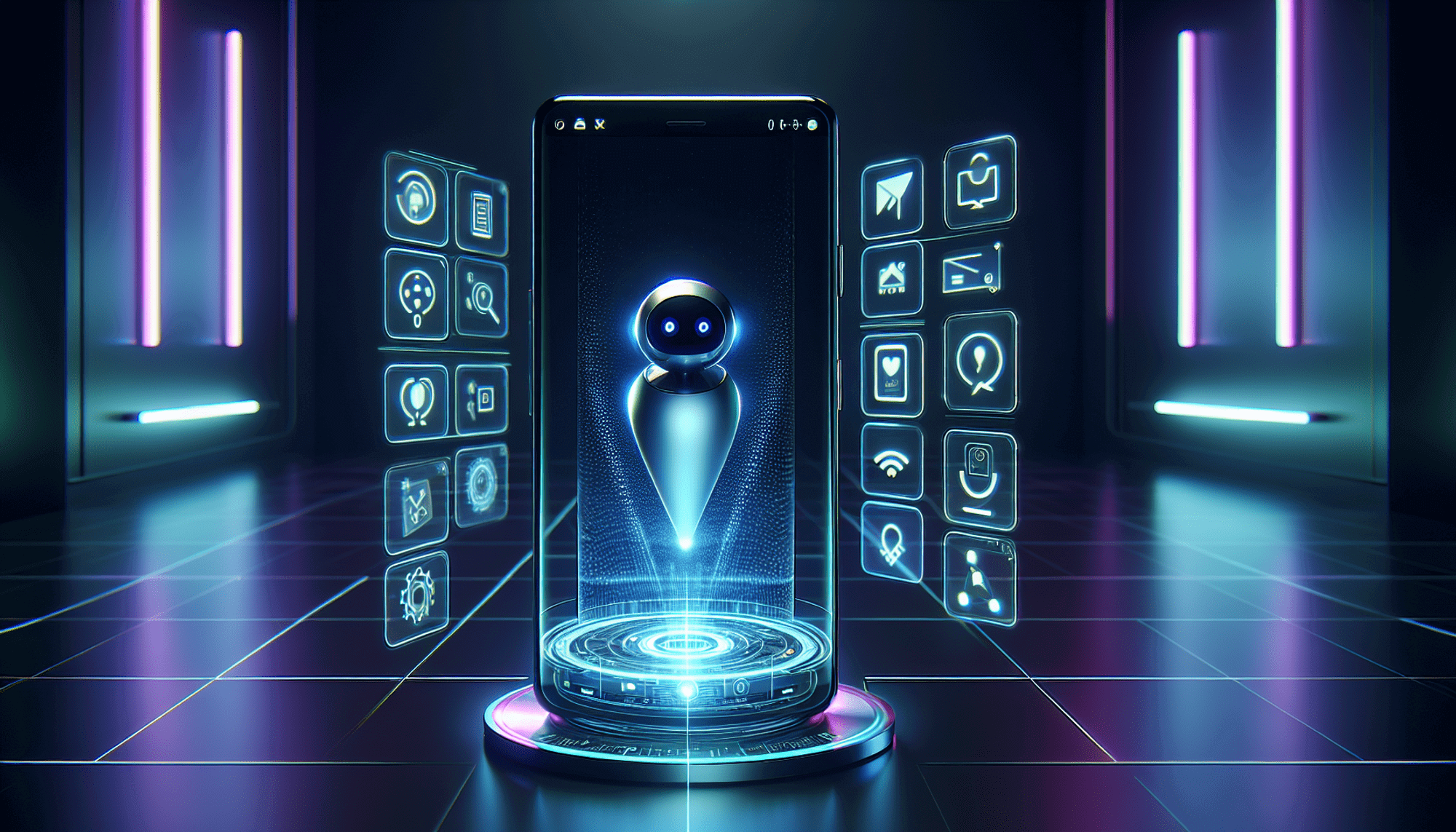






Table of Content:
CRM telephony integration to make the most of the calls

Why integrate telephony with CRM?
CRM (Customer Relationship Management) system is a set of software applications that systemize information obtained from various communication channels (verbal communication, telephone marketing, email advertising, Internet communication, direct interaction and more). CRM is aimed at boosting profits by building a loyal clientele.
The cornerstone of every CRM system is extensive data that is neatly structured. So, there is a place for everything and everything is in place. Therefore, CRM is like an impressive library where you can read customers like books. It is intended to offer the following opportunities:
- Data collection and storage
- Data processing and evaluation
- Presentation of information in a user-friendly form
- Automation of tasks
- Coordination of work between departments
- Assessment of employee performance
The quest for efficiency has driven telephony to evolve because nowadays systemizing information manually is a lost cause. Therefore, some tools for optimizing telephony are integrated in CRM systems to provide you a holistic view on your customer relationship.
CRM telephony substantially leverages the work of support services and telemarketers improving calling experience. But what kind of functions does CRM telephony provide to take calling to the next level?
- If you’re interested in learning about cold and warm calling practices, we have a guide for you :)
What can CRM telephony offer to you?
Detailed Customer Information and History
No matter if you deal with inbound or outbound calls, a quick access to the customer data allows the agent to prepare for interaction in a matter of seconds. If there is no customer history at hand, the agent ends up in a vicious circle of bombarding a lead with questions and, therefore, squandering time.
What is more, customer data in CRM comes from a myriad of communication channels, not only from calling history. It allows agents to build a more comprehensive and up-to-date customer profile.
Auto-Dialing
Automated dialing is a great time-saver. It allows you to start an outbound call with just one click of a mouse. With auto-dialing, agents can reach out to more leads, therefore the output per employee increases.
But how does a programme detect whether a person has picked up a phone or a call has entered a voicemail box? It is a voice detection feature that decides whether to send a suitable voice message or redirect a call to the agent.
Though as simple as it may seem, auto-dialing varies in its form (and potential stress agents may experience):
- Preview dialer. The agent can check customer information for a limited or unlimited amount of time and then start calling. This type of dialing can be regulated manually because the agent can decide whether to make the call or to skip to the next lead on the list.
- Power dialer. Once the call is answered, a new number is dialed right away. Next, the agent promptly starts to work on the call if a lead answers. Otherwise, the agent can enjoy a minute of rest or more until someone eventually picks up the phone.
- Predictive dialer. This time multiple phone numbers are dialed to cut time wasted on unanswered calls (unproductive numbers are filtered). Calls are redirected to agents once they finish with their previous calls. Of course, some time to take a breather is given, but it is still a super intensive calling experience.
Parallel Ringing
Parallel ringing, on the other hand, deals with inbound calls. Nobody wants to miss a call from a lead, isn’t it? (unless you have leadophobia). Therefore, if an incoming call comes, all of the agents are able to respond until the fastest one picks up the phone. Parallel ringing can provide a response to a call that is as quick as lighting.
Callback Opportunity
Even if no agent is available to pick up the phone, some customers would be happy to receive a callback later. Callback opportunity helps companies avoid lead leakage while simultaneously saving customers’ time.
Call Transferring
It is a feature that redirects calls to company departments in question. If a lead happens to ‘knock on the wrong door’ or some extra help is required, you can easily route a customer to the right agent.
IVR (Interactive Voice Response)
IVR is a system of pre-recorded voice messages. It may include customized welcome messages, announcements and menu systems. Announcements in IVR deliver information effectively, namely information about a company’s working hours or major changes.
Depending on the complexity of IVR menu, there is Single-level IVR and Multi-level IVR:
- Single-level IVR. It usually includes a greeting and one level of options. It is better to put numbers at the end of each option.
Welcome [name]! / Thank you for calling [company’s name].
For Sales press 1, for Support press 2, … , to speak with an agent, press 0. - Multi-level IVR. It involves more than one level of options for customers to choose from. However, it’s best to stay away from including umpteen levels because customers may end up getting lost in the labyrinth of options.
Welcome [name]! / Thank you for calling [company’s name].
1. For English press 1, For French press 2, …
2. For Sales press 1, for Support press 2, …
3. For [problem 1] press 1, for [problem 2] press 2, …
Well-designed and straightforward IVR that caters to customer needs can greatly ease agents’ workload. Quite ironically, IVR successfully lures customers away from agents while retaining the same if not better customer experience (if IVR is intelligently integrated).
With the IVR menu system you can kill two birds with one stone. For example, while call transferring is carried out manually by agents, IVR enables customers to reach the department they need by themselves. It saves lots of time. Moreover, When customers contact the suitable department, their issue may have already been identified.
These are the common options for customers integrated into the system:
- order status information
- after hours message
- account balance
- password reset
- callback
Call Recording
Call recordings allow agents to reflect on their performance and make sense of misunderstandings to avoid them in future. Moreover, if agents have to call a lead they have already spoken to, they can listen to the previous call once again and refresh their memory.
It is important to emphasize that managers can also access the recordings to evaluate employee performance. What is even more important, call recordings are used when legal issues arise.
Call Reporting
CRM can provide call reports that keep managers on the loop. The call reports include data about employee performance. For example, it could include the outcomes of calls (answered, voice-mail, busy, failed or missed calls), Average Call Duration. All data is represented in a user-friendly way. The data gives insights into the strengths and weaknesses of the calling strategy employed. It gives room for informed decisions to be made.
Benefits of CRM telephony
CRM telephony allows companies to offload some of the nerve-racking calling work onto the software. In the right hands, it is a win-win for everyone.
Benefits for a Company:
- Automation of workflow. All of the CRM telephony opportunities mentioned above take a tremendous weight off agents’ shoulders. Improved job design stimulates agents’ productivity.
- High call center performance. An empirical analysis suggests that CRM positively contributes to call center performance (source).
- Improved Conversion Rates. Customer profile is promptly updated after each call, and based on the data achieved and criteria you’ve set, the CRM system automates lead qualification.
- Cost-effective and time-saving solutions. Paperwork and sales administrative tasks are reduced, saving lots of time for calling.
- Cross-selling and up-selling opportunities. Based on data available in a CRM system, agents may offer various options and additional services when calling.
- Employee performance comparison. Analytical data provided by a CRM system allows to determine employees that exceed or fail at calling.
Benefits for Agents:
- Detailed customer profile and call history. The more data is available for agents, the more integrated their approach to customers. Moreover, the data is incredibly easy to analyze because it is coherently structured.
- Window for taking notes. Each call challenges agents’ short term memory. Opportunity to add notes prevents some blunders such as forgetting a customer’s name, confusing figures and dates.
- Opportunity to open call scripts. Agents can follow call scripts that could be incorporated into a CRM system.
- Easier training. The system allows newbies to get into the thick of things rather quickly. Agents can review their call recordings. Managers can also access them to monitor agents’ efficiency and reward the most hard-working and successful employees.
- Effective lead transferring by IVR menus. Menus help redirect customers to the most suitable agent. A variety of relatable options in menus may help identify customer problems before they even have to speak with the agent.
Benefits for Customers:
- Positive experience. Thanks to data available in CRM systems, agents can tailor their approach to customers. It gives more opportunity to meet their expectations. Customer satisfaction plays an integral role in customer retention.
- Sticky Agent. It is the agent that is already familiar to the customer due to the agent’s earlier assistance. In a way, they are glued together in a system.
- Time-saving features. Callbacks and IVR menus facilitate interaction between customers and companies simultaneously saving customers’ time.
CRM allows to integrate game-changing call features into the system. These features are a treasure trove of opportunities that you can take advantage of. What if it is your calling campaign that can drum up sales of your company? What if a thriving calling campaign is within your grasp and just some improvements are required? Give a CRM Telephony a shot to find it out!











